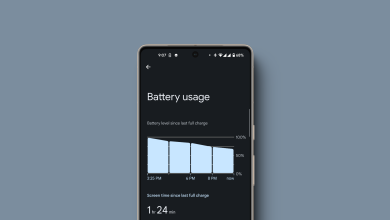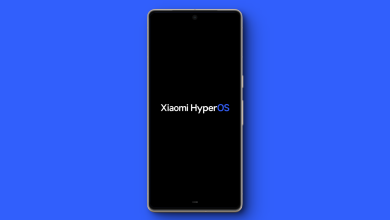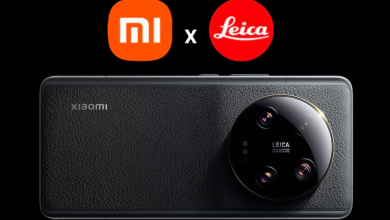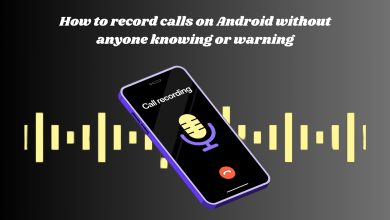Debloat Your Xiaomi Phone: List of Safe to Remove Apps
Xiaomi phones, like many others, often come with pre-installed apps that you may never use, but they still take up space and slow down your device. That’s where the Xiaomi ADB & Fastboot tool come into play. These tools let you safely remove bloatware and give your phone a much-needed performance boost.

No need to worry if you’re not a tech expert—this really isn’t rocket science. Once you get the hang of it, it’s a lot like giving your phone a quick spring cleaning. And let’s be honest, who doesn’t love a phone that runs smoother and faster? Plus, it’s oddly satisfying to finally get rid of those apps you never asked for in the first place!
I’ll walk you through everything, from prerequisites to the actual debloating process, step by step. Let’s get started!
Prerequisites
- Always back up important data before making changes like this.
- Removing certain system apps can lead to instability; if unsure, consult forums or communities for advice specific to your model.
Before diving into the debloating process, there are a few things you need to set up.
1. Enable Developer Options and USB Debugging
- Open the Settings app on your Xiaomi device.
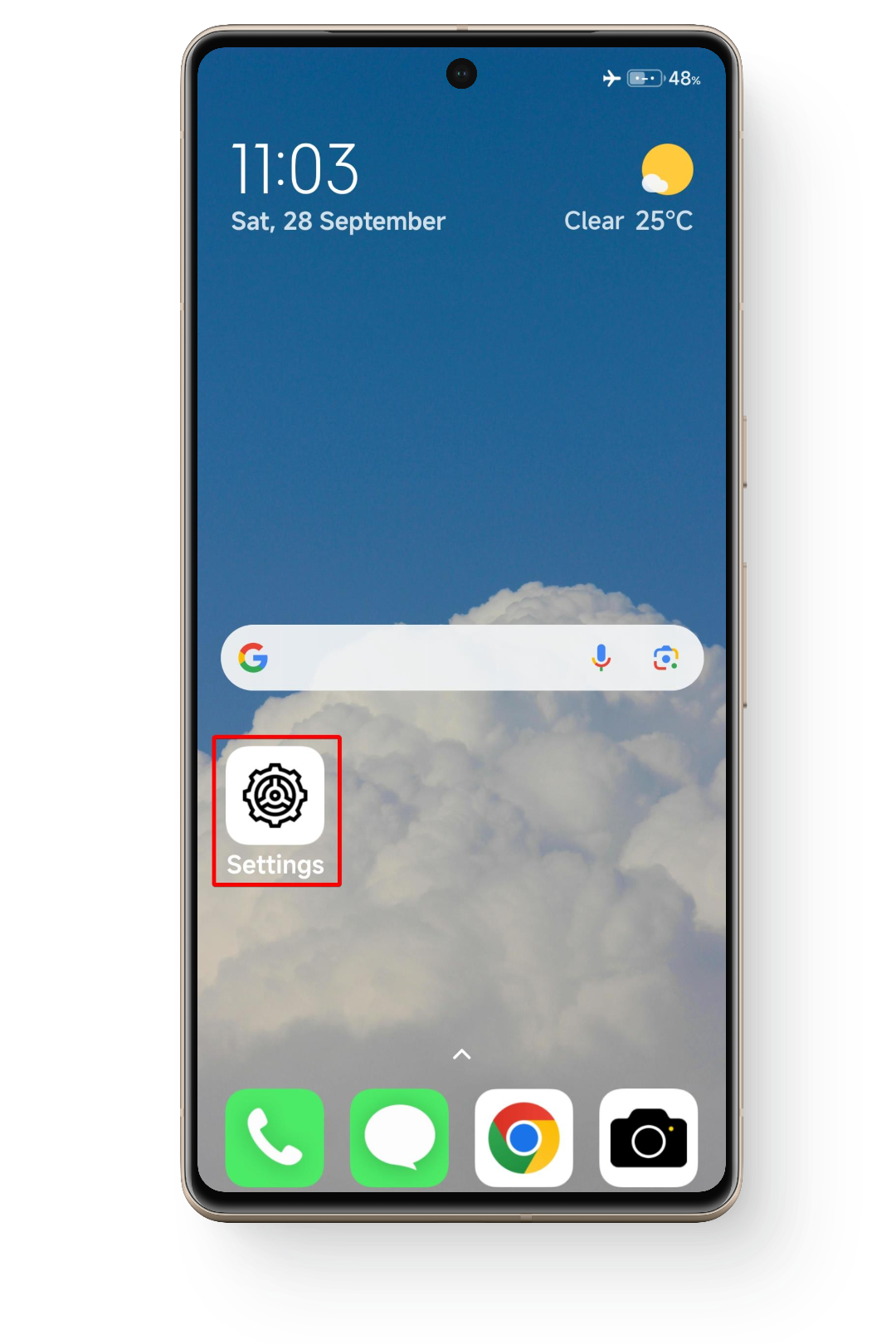
- Tap on About phone.
- Find the MIUI/HyperOS version and tap it seven times. You should see a message saying “You are now a developer!”
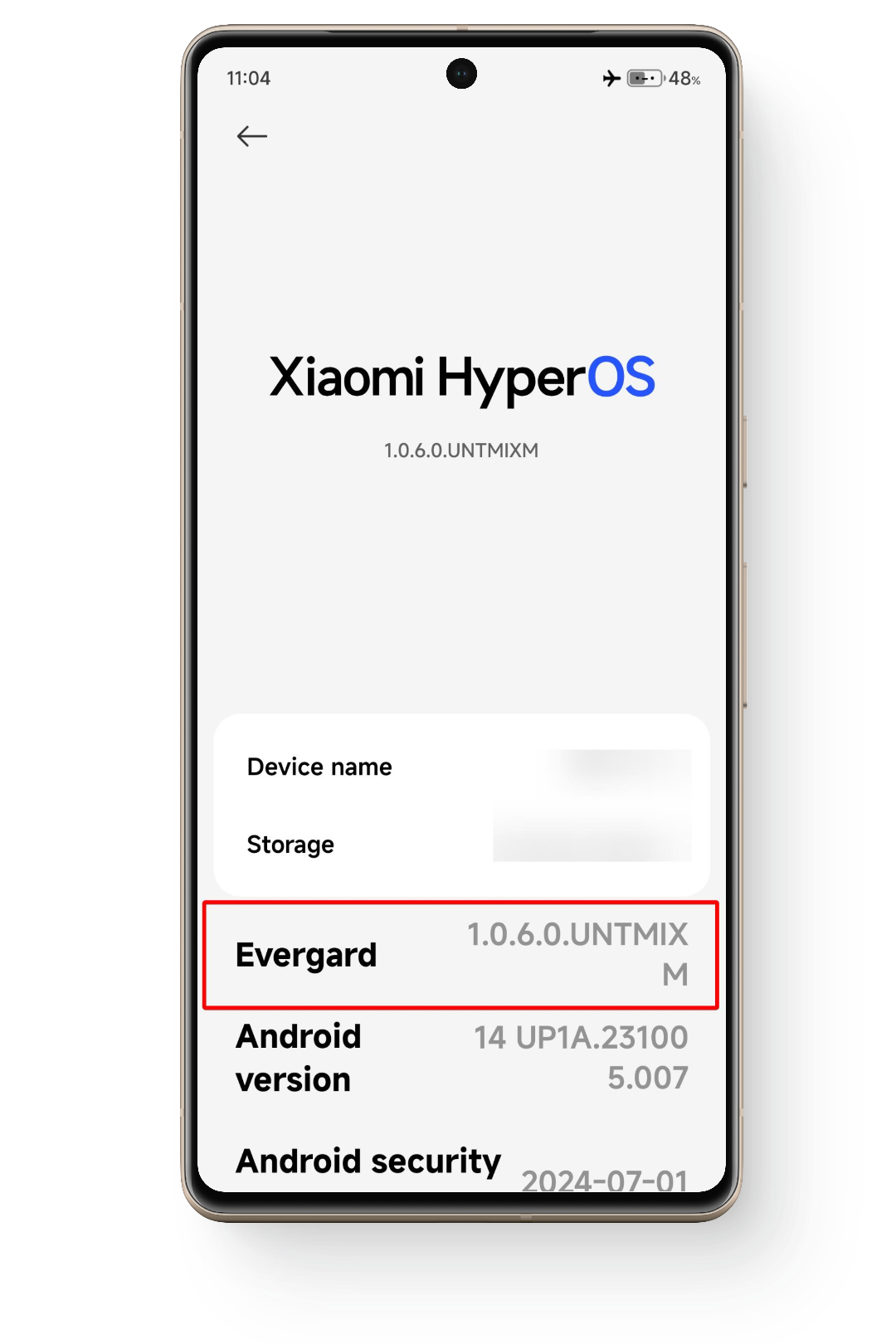
- Go back to Settings, then tap on Additional settings.
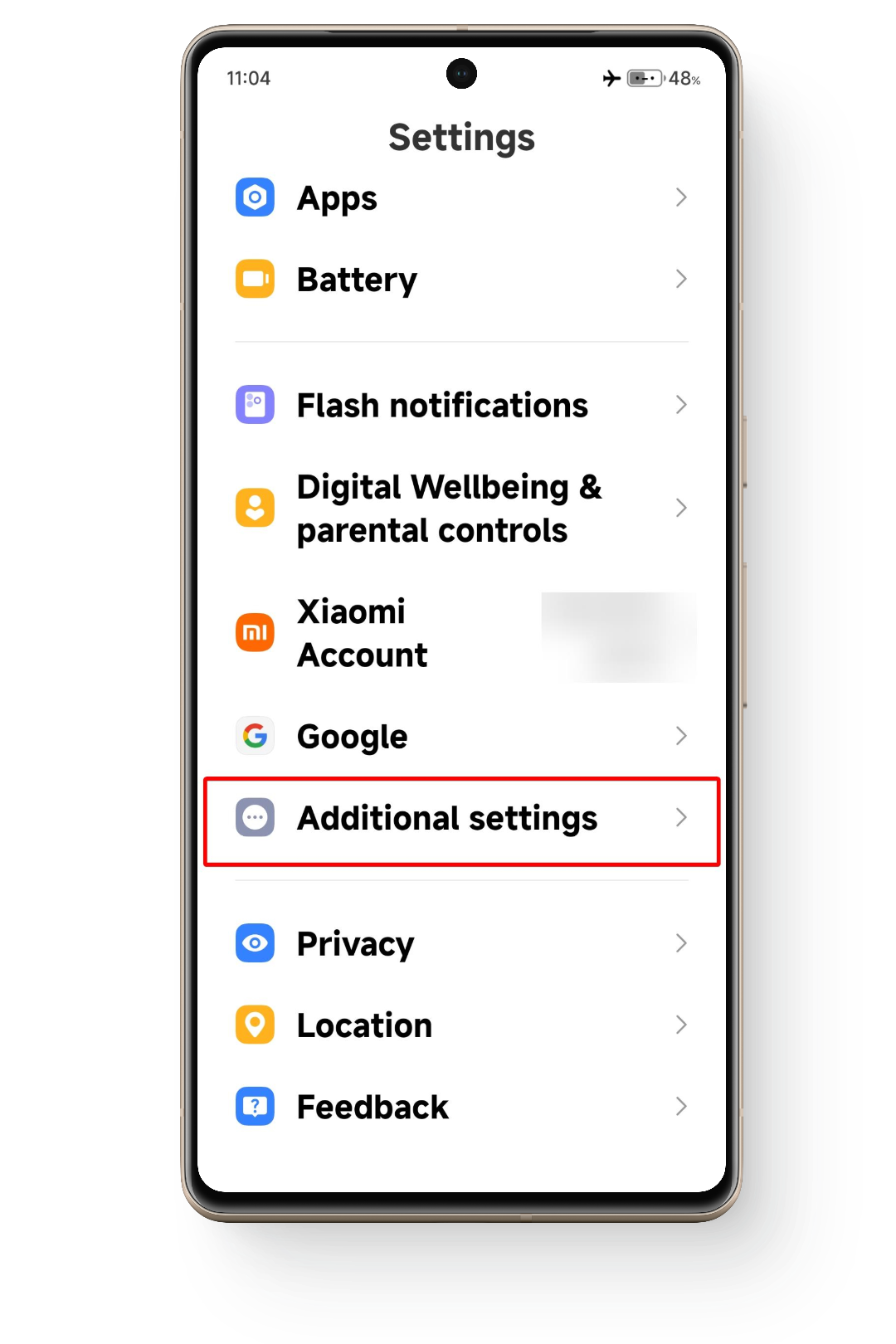
- Look for Developer options, and enter it.
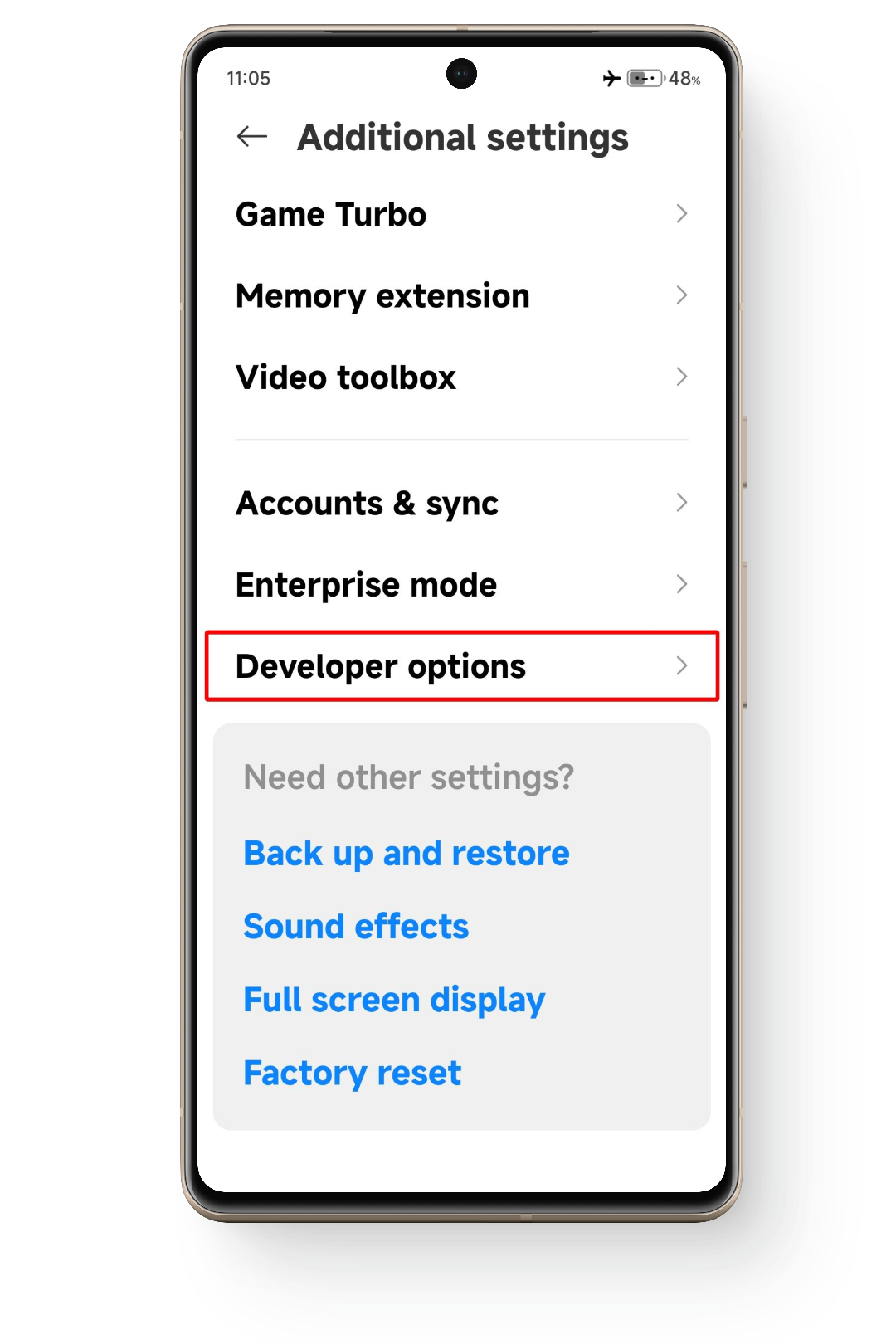
- Find USB debugging and toggle it on. Confirm any prompts that appear.
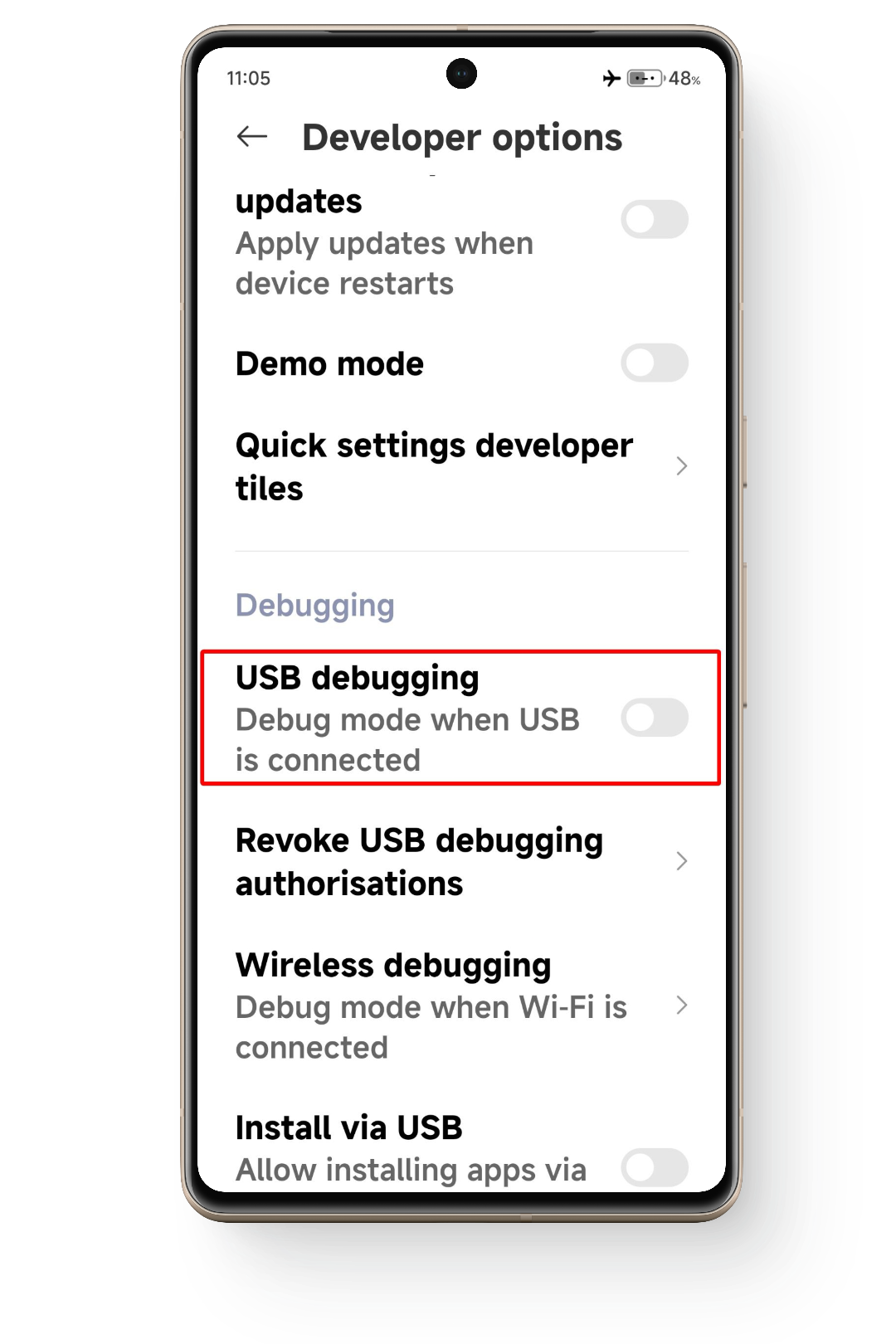
2. Install ADB and Fastboot Tools
You will need ADB (Android Debug Bridge) installed on your computer. Here’s how:
- Download the latest version of ADB and Fastboot tools from a reliable source (like the official Android developer site).
- Extract the downloaded zip file to a folder on your computer.
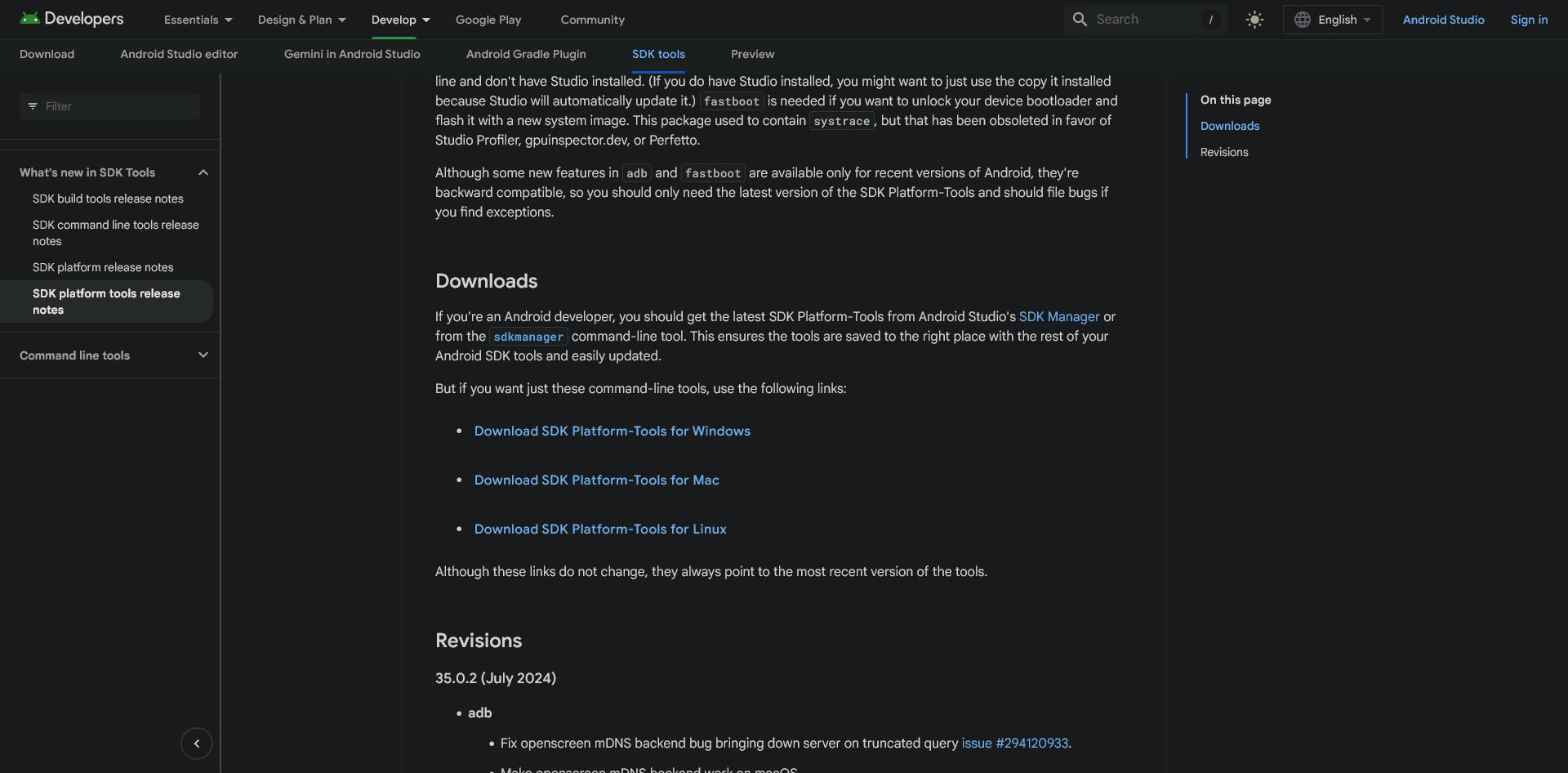
3. Install Java SDK
ADB requires Java to run, so make sure you have it installed:
- Download the latest version of OpenJDK or Oracle Java from their official website.

- Follow the installation instructions for your operating system.
4. Install Universal ADB Drivers
To ensure your computer recognizes your Xiaomi device:
- Download Universal ADB Drivers from a trusted source.
- Install them by following the on-screen instructions.

5. Connecting Your Device
Now that everything is set up, let’s connect your phone to your computer.
- Use a USB cable to connect your Xiaomi phone to your computer.
- When prompted on your phone, select File Transfer (MTP) mode.
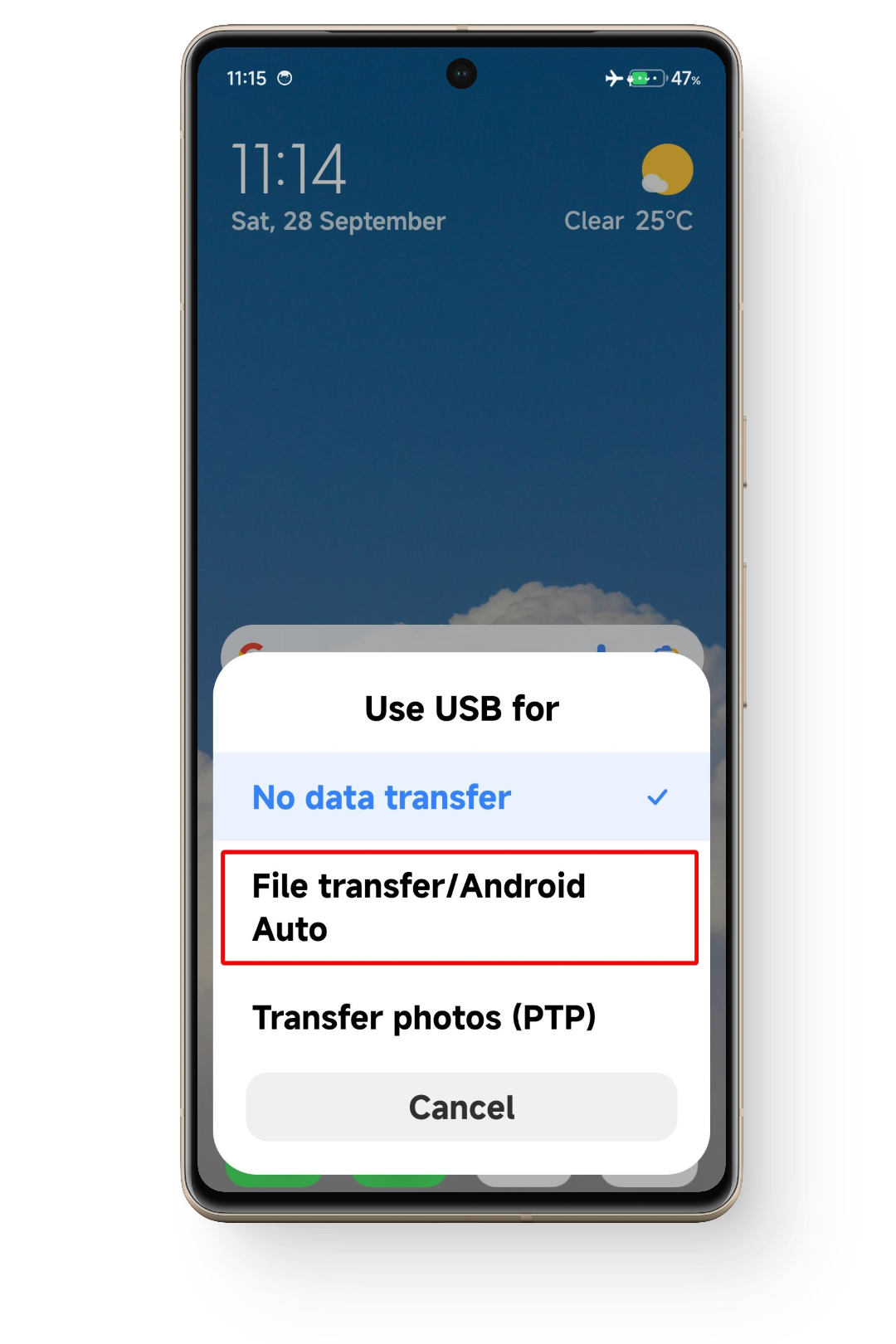
- You may see a prompt asking for permission to allow USB debugging; make sure to allow it. Verifying ADB Connection
Before proceeding, let’s check if ADB recognizes your device:
- Open a command prompt or terminal window in the folder where you extracted ADB tools.
- Type the command ‘adb devices’ and press Enter.
- On your phone’s screen, you should see a prompt to allow or deny USB Debugging access. Tap Ok.
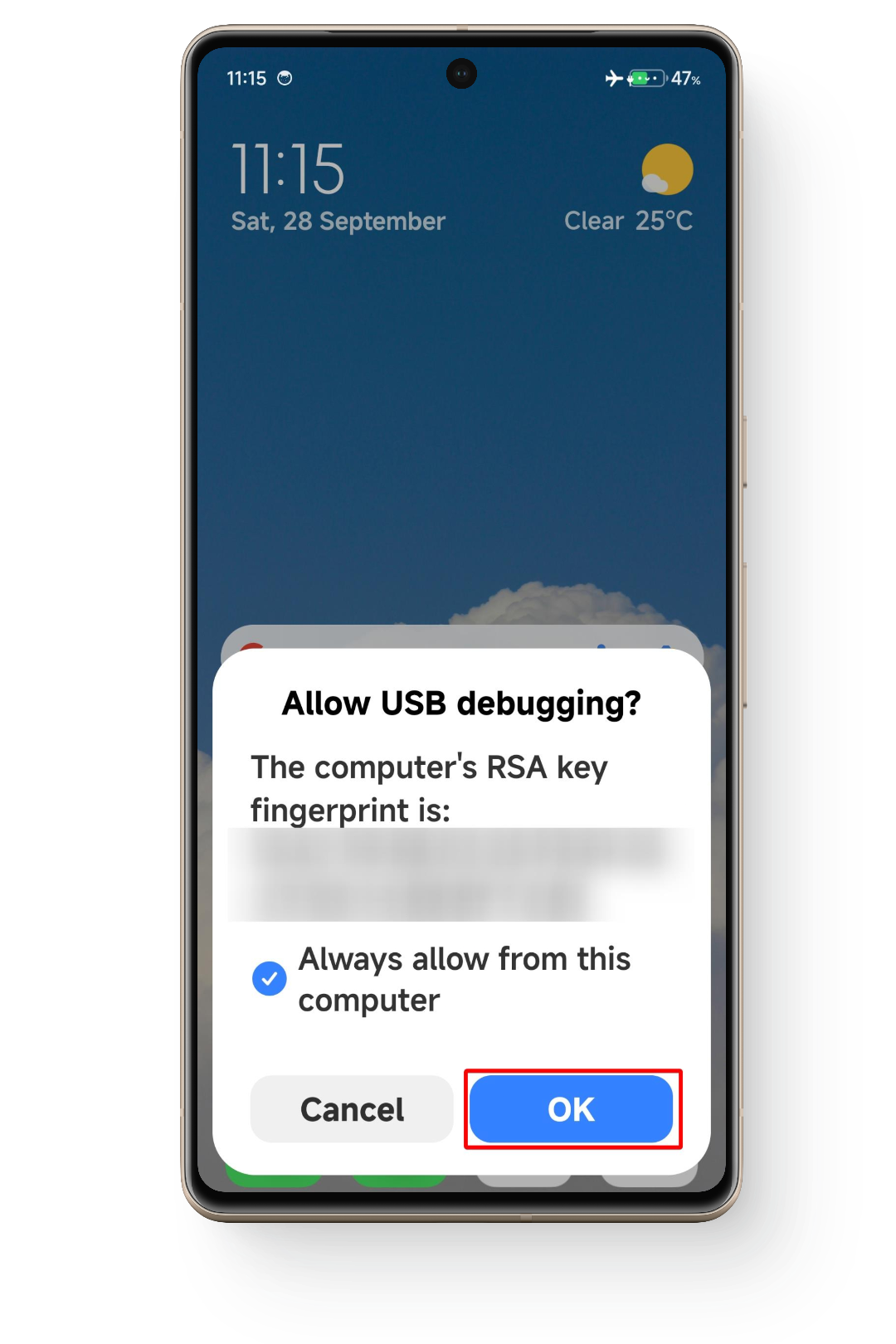
- Now enter the ‘adb devices’ command again in the command prompt. If you followed everything correctly, you should see a list of connected devices. If you see your device listed, you’re ready to go!
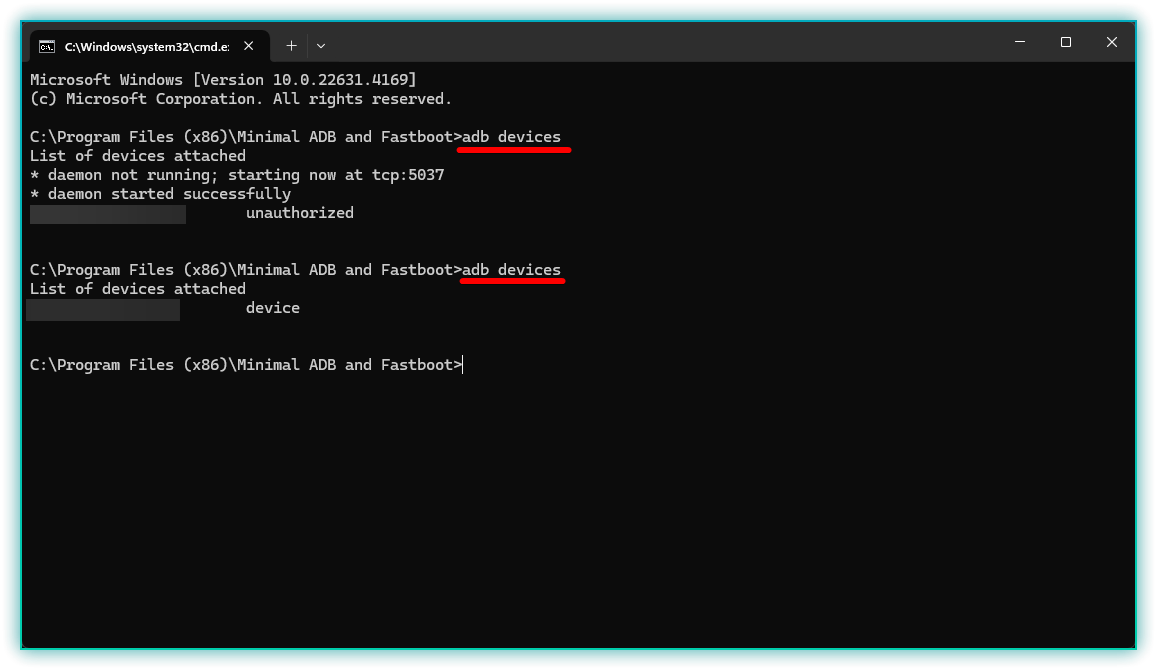
Debloating Your Xiaomi Phone
Now we can start removing those unwanted apps!
Using Xiaomi ADB/Fastboot Tools
- Get the latest version from Szaki’s GitHub repository or another trusted source.
- Open the downloaded tool (it may require Java to run). If you’re using Windows, double-click on XiaomiADBFastbootTools.jar.

- Ensure your phone is still connected via USB and recognized by the tool.
- The tool will display a list of installed apps. Carefully select the apps you want to remove.
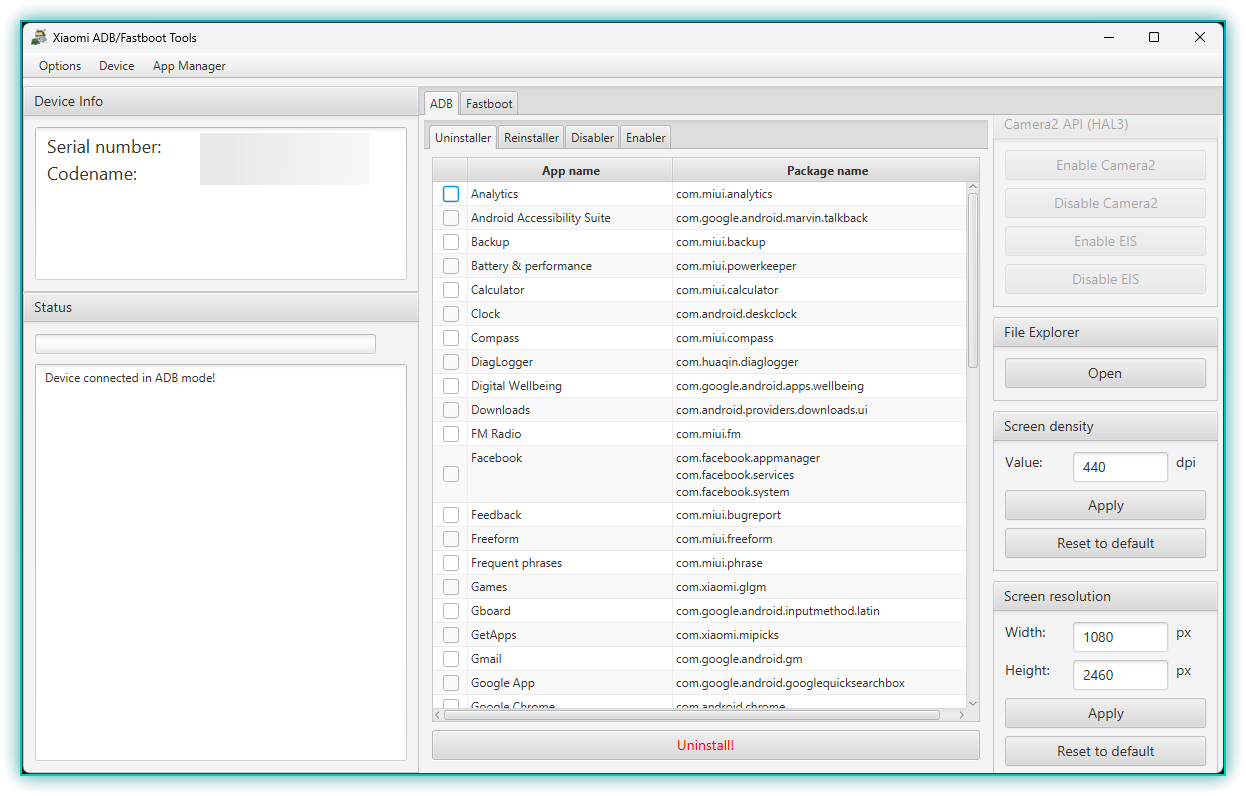
- Be cautious not to uninstall essential system apps like Dialer or Settings, as this can cause issues with your device.
- Click on the uninstall button at the bottom of the application window.

- Wait for confirmation that the apps have been successfully removed.
Using ADB Commands
If you prefer using command-line commands, follow these steps:
- Open a command prompt or terminal window in your ADB folder.
- To uninstall an app, use this command format:
adb shell pm uninstall -k –user 0 package.name - Replace package.name with the actual package name of the app you want to remove (for example, com.google.android.youtube).
- After executing the command, if you see “Success,” that means the app has been uninstalled successfully.
List of Common Bloatware That Is Safe to Remove
Below are some common apps that many users choose to remove, which can be safely removed without affecting the system.
- Analytics
- App Vault
- Backup
- Browser
- CatchLog
- Cleaner
- Compass
- Digital Wellbeing
- Downloads
- FM Radio
- Feedback
- Games
- GetApps [Only for Global ROM]
- Hybrid Accessory
- MSA
- Market Feedback Agent
- Market Feedback Agent
- Mi Cloud
- Mi Credit
- Mi Drop
- Mi Mover
- Mi Pay
- Mi Share
- Mi Recycle
- MiConnectService
- MiPlayClient
- Mi Wallpaper Carousel
- MiuiDaemon
- Music
- NextPay
- Notes
- PAI
- Partner Bookmarks
- Quick Apps
- Quick Ball
- Search
- SMS Extra
- Scanner
- Services & Feedback
- Soter Service
- UniPlay Service
- Weather
- Yellow Pages
- Xiaomi Sim Activate Service
- Xiaomi Service Framework
Apps You Should Never Uninstall:
- VsimCore – Removing this app will prevent the Control Centre tile from displaying your data usage.
- MiVideo – Uninstalling this app will make it impossible to view or edit Slow Motion videos taken with the stock camera.
- Battery & Performance – Essential for monitoring and optimizing your phone’s battery performance.
- Power Detector – Important for detecting and managing power usage on your device.
- Security App – Deleting this app could cause your device to bootloop, potentially rendering it unusable.
- Mi Wallpaper – Necessary for managing wallpapers and related features on your device.
While the above-provided list of apps safe to remove from your device without breaking it is comprehensive and reported by many users to be accurate, still make sure to do some research on any app before removing it!
After debloating:
- Restart your device to ensure all changes take effect properly.
- Check if everything is running smoothly and verify that no essential apps were accidentally removed.
Enjoy a cleaner and faster device! And if you still have any questions about any part of the guide, feel free to drop them in the comments section below.

